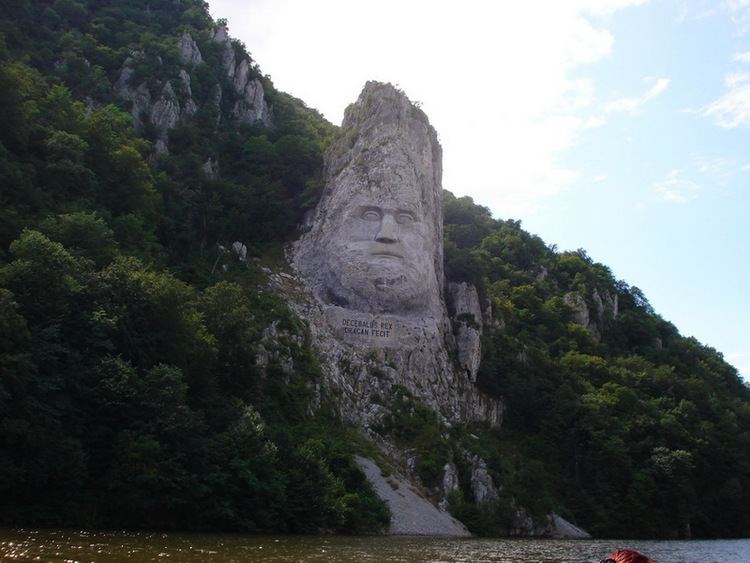 | ||
Defileul Dunării, also locally known as Clisura Dunării (Serbian: Банатска Клисура, Banatska Klisura) is a geographical region in Romania. It is located in southern Banat, along the northern bank of the river Danube. Clisura Dunării is situated between river Nera in the west, and Gura Văii or Cazanele Dunării in the east.
Contents

The area includes the municipality of Orşova and the town of Moldova Nouă, as well as several communes (Socol, Pojejena, Coronini, Gârnic, Sicheviţa, Berzasca, Sviniţa, Dubova, Eşelniţa, Iloviţa, and Brezniţa-Ocol).
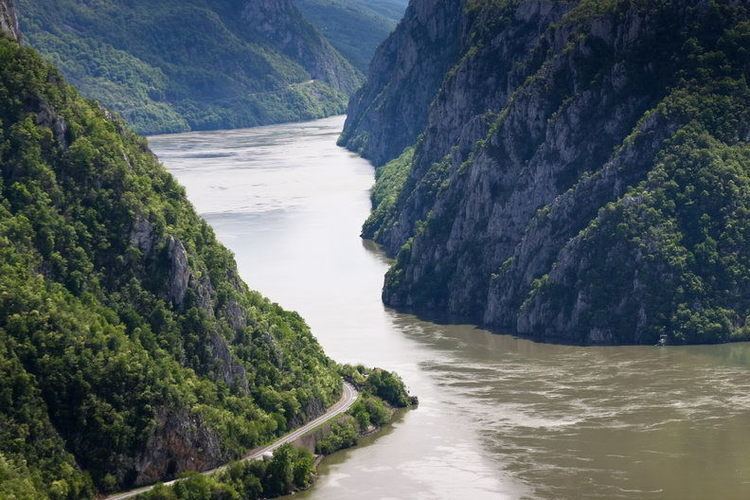
Name
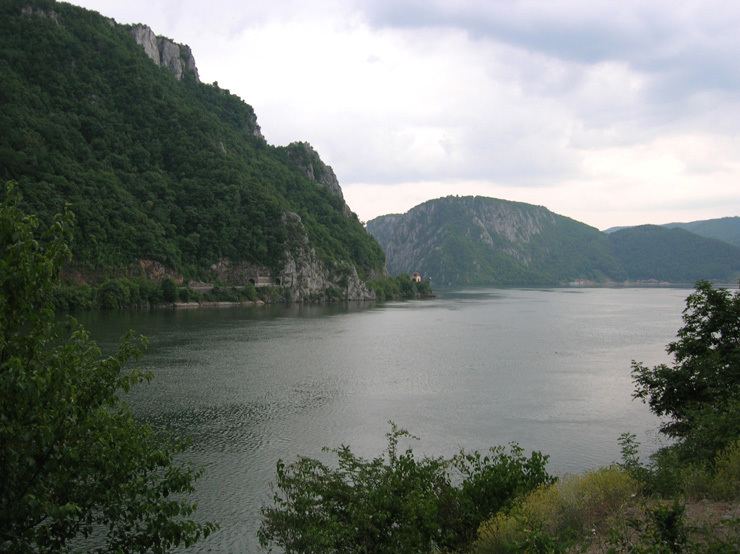
The Romanian name is Defileul Dunării. River Danube is called Dunărea in Romanian. The sometimes used local name clisura derives from Serbian; Klisura means "pass", "gorge", "gate" and "sharp rock" in Serbian. It is derived from the Greek kleisoura, which in turn derives from the Latin clausura, meaning "closed entity", ide est "monastery, castle, fort". The term was applied by the Byzantines to fortified mountain districts controlling important passes.
Geography
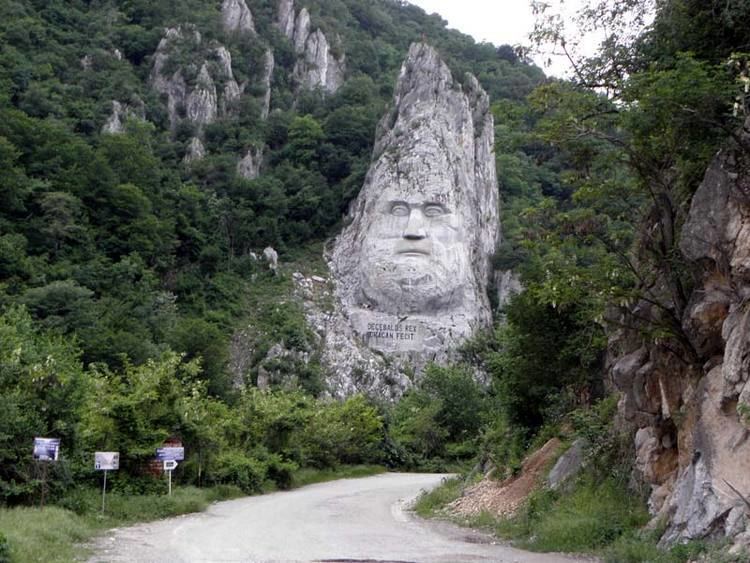
The region is located in southern Romanian Banat, along the northern bank of the river Danube, at the border with Serbia. It spans from the Nera in the west, and Gura Văii or Cazanele Dunării in the east. The settlements lie in the foothills and river banks below the Banat mountains of Locva and Almăj. The Danube enters by the Baziaș village. The distance between Baziaș and Gura Văii is ca. 140 km. On the other side of the Danube, in Serbia, the municipalities are Veliko Gradište, Golubac, and Majdanpek.
History

Historically, the region belonged to the Banatian Military Frontier of the Habsburg Monarchy, and was divided into "Vlach" (Romanian) and Serb sections.
With the Treaty of Trianon (1920), the region was given to Romania.
During World War II, the Serbs in the region supported the Yugoslav Partisans.
Demographics
The region has an trans-ethnic character owing to the co-habitation of Romanians and Serbs.
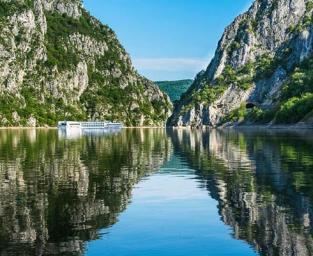
The population of the region is composed of Romanians, Czechs and Serbs. Most of the localities have a Romanian majority, while Socol, Pojejena, and Sviniţa are majority Serb. The Czech presence is especially in and around Gârnic.
